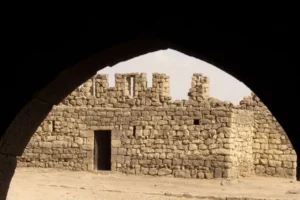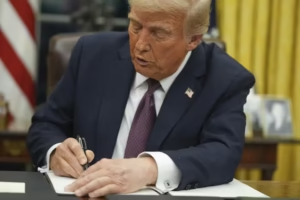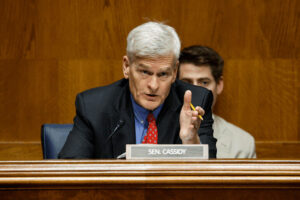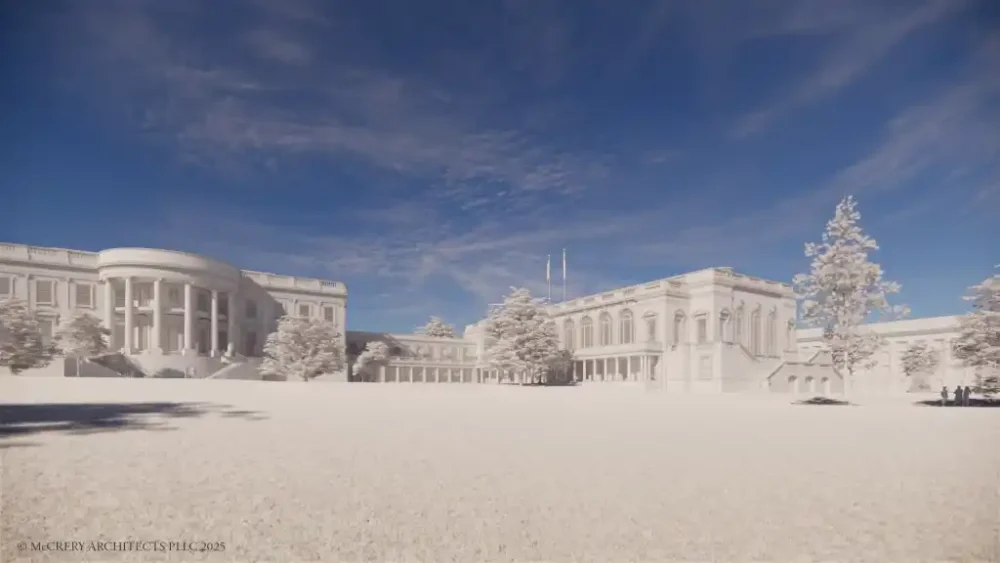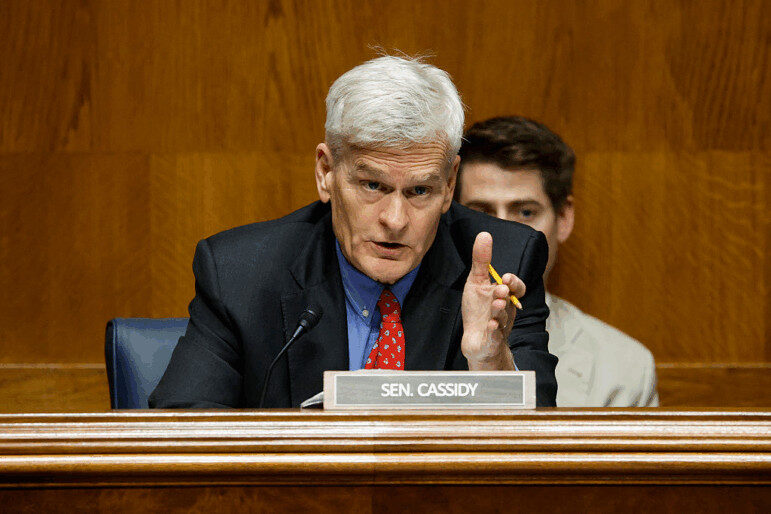Washington, D.C. — The Biden administration is facing growing criticism over plans to add a new ballroom to the White House complex, with opponents questioning both the necessity and the transparency of the project.
According to early reports, the proposed structure would add roughly 90,000 square feet to the East Wing and serve as a formal venue for large-scale events and diplomatic gatherings. The White House has said the expansion aims to modernize facilities that have not been significantly updated for decades.
However, critics — including preservation experts and ethics advocates — argue that the move raises questions about historical integrity, cost, and public transparency. They warn that adding such a massive structure could disrupt the architectural balance of one of America’s most iconic landmarks.
Opposition has also emerged over the funding source. While the project is reportedly set to be financed through private donations, watchdog groups have voiced concerns that donor contributions could influence future political access or policy decisions.
“The White House should not rely on private funding for structural expansions,” one critic said. “It opens the door to ethical complications and undermines the principles of accountability.”
Supporters of the plan, however, argue that the ballroom would help accommodate growing state and public functions that currently strain existing spaces. They also highlight that privately funded projects have been used before to reduce taxpayer burden.
The proposal is currently under review by federal agencies and historical preservation boards. No official construction timeline has been announced, but the debate has already reignited broader discussions about government priorities, transparency, and preservation.
If approved, the ballroom would mark one of the most significant additions to the White House complex in modern history — a change both symbolic and controversial for an institution that represents continuity and tradition in American governance.

